
This logo isn't an ad or affiliate link. It's an organization that shares in our mission, and empowered the authors to share their insights in Byte form.
Rumie vets Bytes for compliance with our
Standards.
The organization is responsible for the completeness and reliability of the content.
Learn more
about how Rumie works with partners.
Have you ever wanted to be supportive to someone with a visual impairment, but you didn't know where to start or you were afraid of making a mistake?
Don't let a lack of knowledge, worries, and fears stop you from being supportive. Explore how you can help someone with a visual impairment, whether you're a parent or educator. 🙂
What does it mean to be visually impaired?
What challenges do the visually impaired face?
A person with a vision impairment might have the following everyday challenges:
Inability to drive safely to family events, school, work, and more
Learning how to read braille and finding braille novels, books, or media
Difficulties manipulating objects,like replacing smoke detector batteries
Trouble recognizing familiar people from their face or voice alone
Reading important safety information on medication labels or street signs
A learner with a vision impairment might struggle in-class with:
Eye fatigue when trying to focus and understand surroundings
Self acceptance in learning differentlythan peers
Sensitivity to light from fluorescent room lighting causing eye-strain
Bumping into things, such as other classmates, desks, trashcans, and bags
Not being able to see distant objects, such as board notes, classmates, and videos
What other issues might the visually impaired experience?
Learners with vision impairments are more likely to experience:
Low self esteem from not sharing visual experiences with sighted peers
Lack of motivation to learn in class, socialize, or try new things
Bullying from others that do not understand their challenges
Isolation from social situations to avoid negative comments
Wherever possible, it's critical to show your support by making the best referrals to prevent your learner from future setbacks.
Did you know?
How do you support learners with a vision impairment?
If you're a teacher, be supportive in-class and:
Use clear auditory instruction and large-print materials
Allow verbal answersduring exams and quizzes
Provide recorded lessons, if possible
Verbalize students' preferred names to get attention
Give breaks in between activities to avoid fatigue
Directly talk to learners, not their companions
Keep walkways open to avoid falls
Don't leave them out of group work
Don't lower expectations of what they can or can't do
If you're a parent or legal guardian, be supportive at-home by:
Providing clear auditory communication, verbally or recorded
Stay updated with medical appointments
Making home changesto fit specific needs
Adapting household chores by age
Treating the learner the same as their seeing peers or siblings
Using clocks that makes a sound at every hour
Seeking support groups and resourcesto build community
Quiz
Anjuri (she/they) just transferred to class from India. They're squinting and having trouble with following along on the class worksheet because they're visually impaired. As a teacher, what are some ways to support this student?
Pointing out a student's struggle during class can cause feelings of anxiety and may bring bullying from classmates. It is best to talk privately 1-on-1 and/or with their parent(s) or legal guardian(s) to discuss what class changes you can make with Anjuri together. When creating worksheets, try using large font size of 14-16 and well-known accessible font styles, such as Arial or Tahoma. Lastly, a class break always helps to manage eye fatigue. 😊
Take Action
Did you know?
The information presented here may not offer all the possible ways to support a specific learner with a visual impairment. To best support a learner with these conditions, it's strongly recommended to follow the guidance of the learner, parent(s)/legal guardian(s), teacher(s), licensed medical and psychological professional(s), resource(s), and/or other relevant service(s) to make the best decisions in how to appropriately help. 👩🏾🦯🦮👨👶👨🏽⚕️👩🏻🏫
This Byte has been authored by
Melissa Carrillo
Instructional Designer & Accessibility Specialist
Master of Science (MSc)
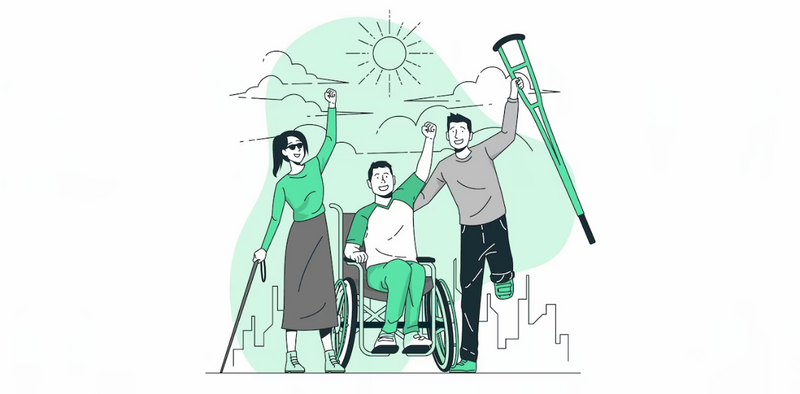 Image by storyset on Freepi
Image by storyset on Freepi Image by storyset on Freepi
Image by storyset on Freepi Image by storyset on Freepi
Image by storyset on Freepi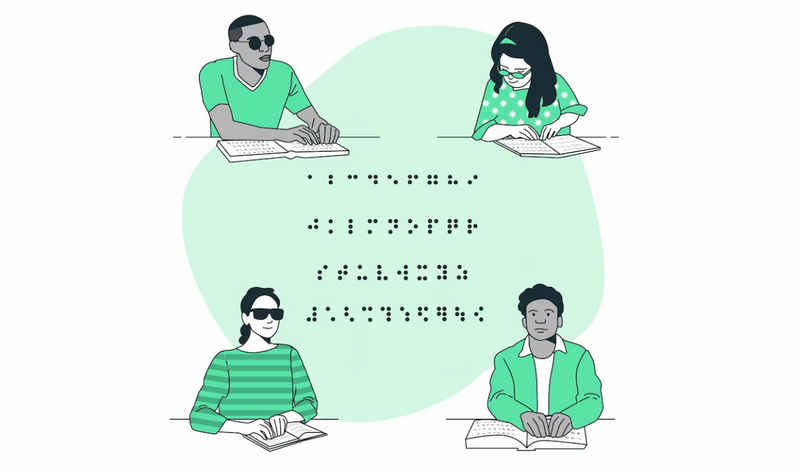 Image by storyset on Freepi
Image by storyset on Freepi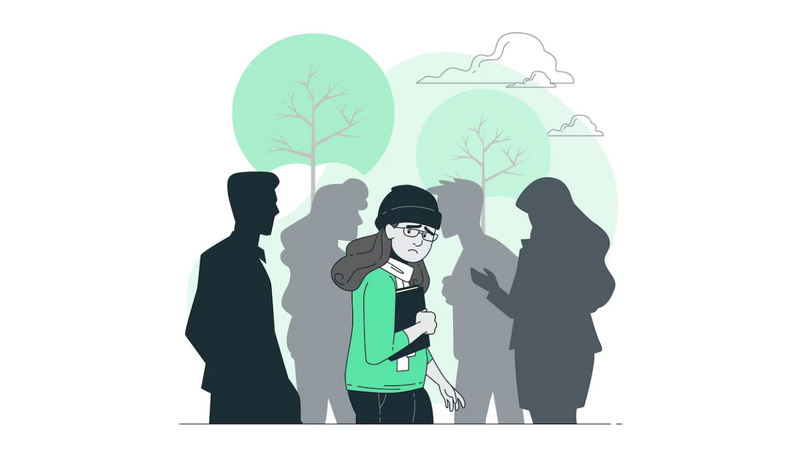 Image by storyset on Freepi
Image by storyset on Freepi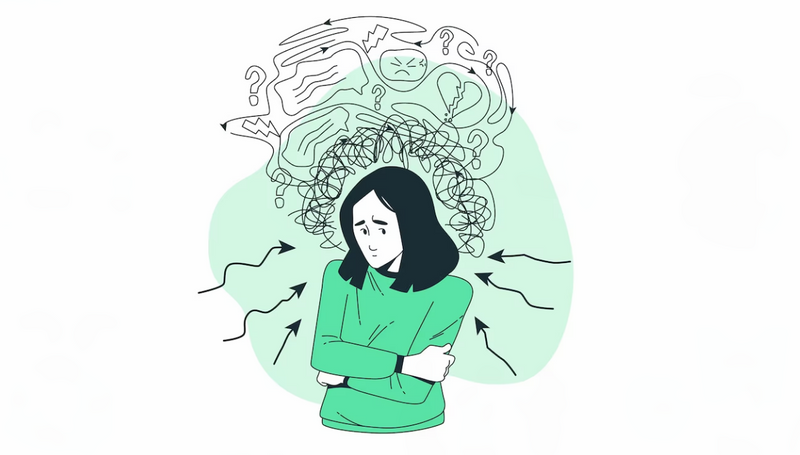 Image by storyset on Freepi
Image by storyset on Freepi Image by storyset on Freepi
Image by storyset on Freepi Image by storyset on Freepi
Image by storyset on Freepi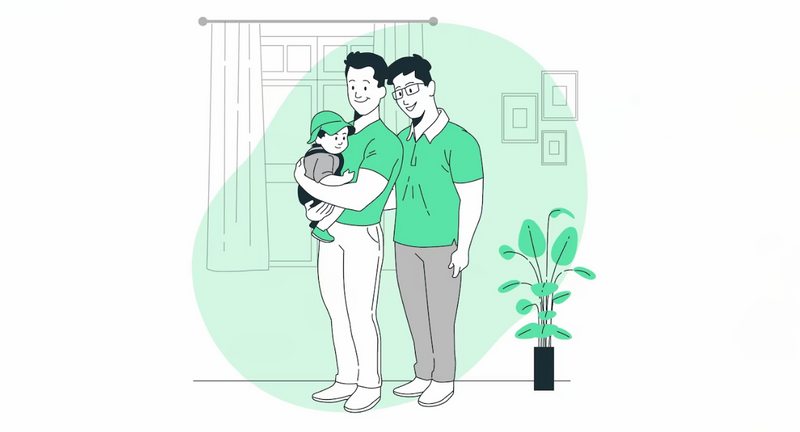 Image by storyset on Freepi
Image by storyset on Freepi